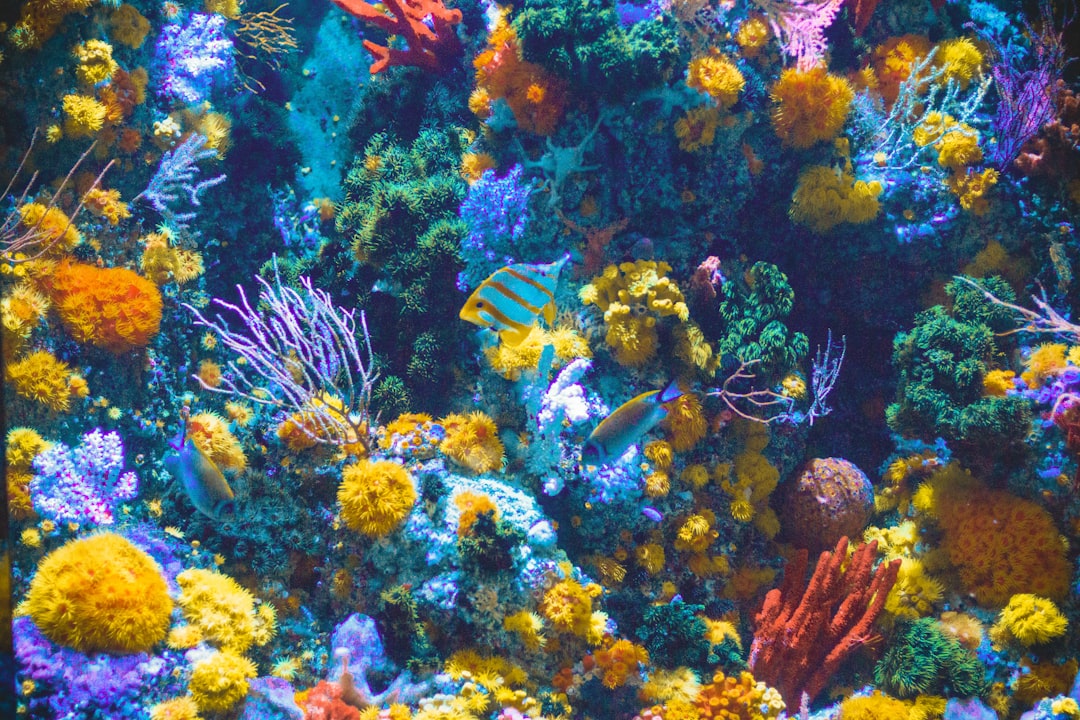This blog entry is the third of four installments in a series of blog posts for a class assignment.
One of the earliest assignments for Oceans (EPS C82) at UC Berkeley involved using Google Earth to visualize depths and heights at certain locations around the world, as well as visualizing the relative locations of the oceans and seas around the world. It’s important sometimes to have a view of oceans more interactive than just looking at a map.
In particular, this assignment helps us appreciate satellite imagery, remote sensing, and bathymetry in understanding the topology of the Earth (and the depths of the ocean). At extremely low depths, the pressure is incredibly high, and physical sensors to measure depth may be impractical to build and deploy at those depths. In these cases, bathymetry comes as a truly ingenious solution.
Bathymetry is defined as “the measurement of depth of water in oceans, seas, or lakes.” As given by Wikipedia, bathymetry originally involved measurement of ocean depth via depth sounding; more recently, data used to construct bathymetric maps utilize an echosounder (sonar) mounted beneath or over the side of a boat, “pinging a beam of sound downward at the seafloor or from remote sensing LIDAR or LADAR systems.
Combined, remote sensing and bathymetry can be used to give a nice topographic (above sea level) and bathymetric (below sea level) understanding of the Earth's topology.
The questions in the assignment give a nice preview into the functions of Google Earth. For example, consider the following questions:
What is the ocean that surrounds Antarctica?
The Southern Ocean:

What ocean has the deepest point on Earth?

Challenger Deep in the Pacific Ocean has a depth of about 10,810m.
Why is the institute at 19 degrees 32’ 10.56” N, 155 degrees, 34’ 34.09” W (elevation 3399m) important for the atmospheric sciences?

The institute at this location is the Mauna Loa Observatory, located in Hawaii. For the past decade, it has been continually monitoring and recording data on atmospheric carbon dioxide. This location was chosen because it is far from any continent and is a good estimator for the statistics of the central Pacific.
I highly encourage everyone to explore Google Earth, even if for independent investigation and use. We already often use street view to visualize areas more intuitively than from plain maps.
Google Earth has a learning curve, of course, but it's well worth trying out. Viewing satellite images can be truly interesting and might inspire you to visit some natural wonders of the Earth.
